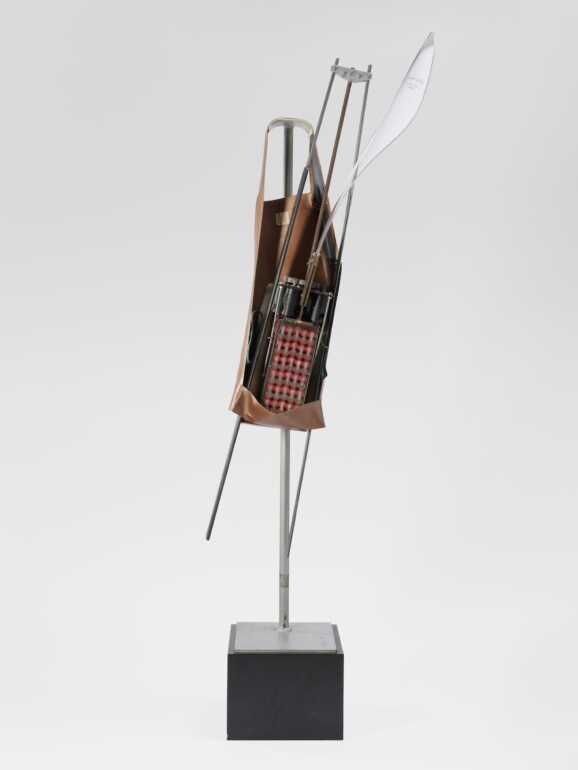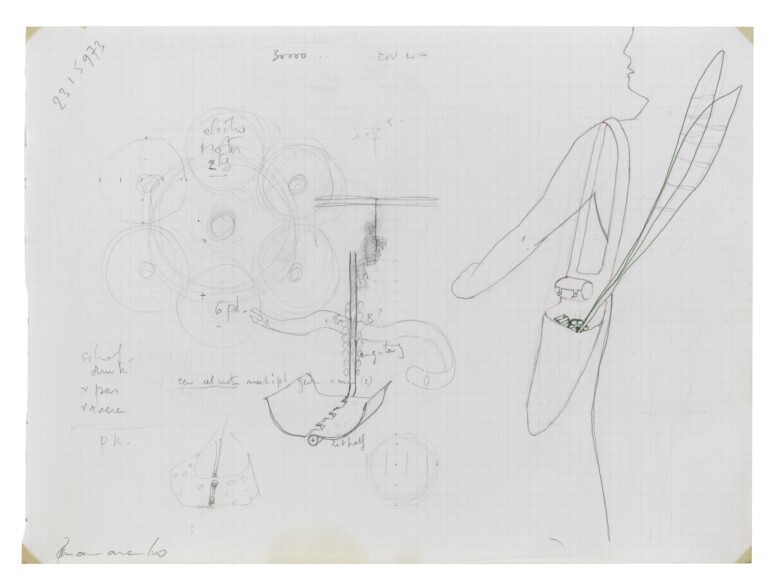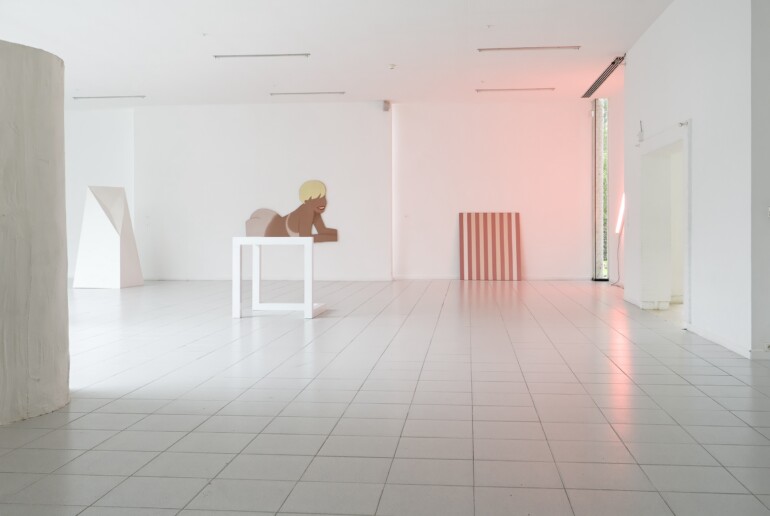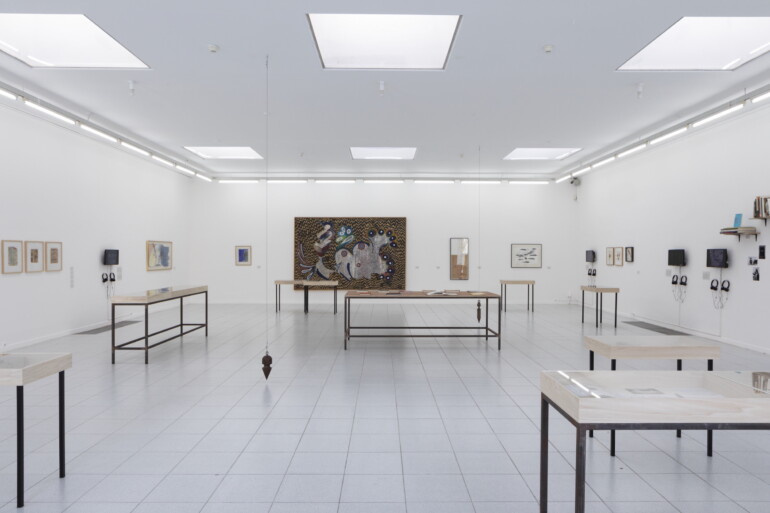Panamarenko
Panamarenko can be regarded as one of the most important Belgian artists of the second half of the 20th century. Extremely adept at mathematics, physics, and technology, he designed all kinds of mechanical objects and equipment enabling him to travel through the landscape in unconventional ways. The captivating series of helicopters, flying backpacks, zeppelins, airplanes, flying saucers, submarines, walking poultry, and other strange constructions are a cross between utopia and functionality. He fabricated each piece himself based on calculations, technical drawings, and through a process of trial and error. The sculptural assemblages offer a poetic answer to the modern, rapidly evolving technology that increasingly impedes our self-knowledge and existential self-awareness.
It was the Antwerp Wide White Space Gallery that, in 1966, organized Panamarenko’s first solo exhibition, a tremendous success. In that period, his practice focused mainly on happenings, leading to an encounter with Joseph Beuys with whom, in 1968, he organized the exhibition Das Flugzeug at the Düsseldorf Academy, the beating heart of the European avant-garde. In 1969, Panamarenko was invited by Harald Szeemann to participate in his legendary exhibition When Attitudes Become a Form at the Kunsthalle Bern. Later that same year, Johannes Cladders repeated the Das Flugzeug project in Monchengladbach. In the meantime, Panamarenko stood at the cradle of A379089, the famous experimental art institute in Antwerp, along with people like Kasper König, Hubert Peeters, Isi Fiszman, Jef Cornelis, Anny De Decker, Bernd Lohaus, and Marcel Broodthaers.




